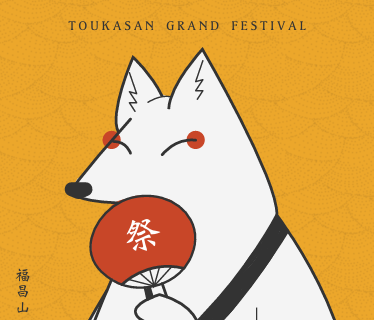
お祭りの歴史

広島に夏の訪れを告げるお祭り・広島地方の浴衣の着始め行事
「とうかさん大祭」は、広島市中区にある圓隆寺の総鎮守である「稲荷大明神」のお祭りであります。御神体である「稲荷大明神」は法華経の守護神で稲荷を「いなり」と唱えず、音読みで「とうか」と呼んだのが語源です。
「とうか大明神」は1619年(元和五年)に圓隆寺が建立されたのと同時に開山 慈善院日音上人が同寺に勧請されたもので、上人の功力と霊験ある「とうか大明神」の神力により、広島城の守りは言うに及ばず城下庶民への功徳救施は安寧と繁栄をもたらしたと言われています。
大祭は翌年の1620年(元和六年)五月に始まったとされており、約400年に渡り「稲荷大明神」は「とうかさん」として崇敬と親しみのうちに現在に至っております。なお、「稲荷大明神」の御神体は大祭の3日間のみ御開帳されます。
えびす講・住吉神社祭りと並んで広島の三大祭りに数えられる「とうかさん大祭」は別名「ゆかたの着始め祭り」としても有名であり、祭りの日には広島の街では艶やかな浴衣姿の女性が目に付くようになります。
祭りが繰り広げられる圓隆寺を中心とした中央通り一帯は、毎年45万人の人出で賑わいます。また、圓隆寺境内に参詣する参拝者も8万人に上り、広島の夏を代表するお祭りとして多くの方々に愛されています。
The “Tokasan Grand Festival” is a festival of “Toka-Daimyojin,” the leader of the deities of Enryu-ji Temple in Naka-ku, Hiroshima City. The deity, “Toka-Daimyojin,” is the patron deity of the Lotus Sutra, and the character for “Inari” was not chanted as “Inari,” but was called “Touka” in the phonetic reading.
The Touka-daimyojin was invoked by Nichion, the first abbot of Enryu-ji Temple, at the same time the temple was built in 1619. It is said that the divine power of the Touka-daimyojin, with the merits of the priest and his spiritual power, not only protected Hiroshima Castle but also brought peace and prosperity to the common people in the castle by providing them with benefits and relief.
The festival is said to have started in May of 1620, the following year, and for about 400 years,touka-daimyojin has been revered and loved as “Touka-san”. The sacred body of “touka-daimyojin” is opened to the public only during the three days of the Grand Festival.
Along with Ebisu Kou and Sumiyoshi Shrine Festival, Toukasan Grand Festival is one of the three major festivals in Hiroshima, and is also known as the “Yukata no Kihajime-Matsuri” (festival where women begin to wear Yukata), and on the day of the festival, you can see many women in Yukata on the streets of Hiroshima.
The area of Chuo-dori Street around Enryu-ji Temple, where the festival is held, is crowded with 450,000 people every year. The number of visitors to the Enryu-ji Temple grounds also rises to 80,000, making it one of the most popular summer festivals in Hiroshima.
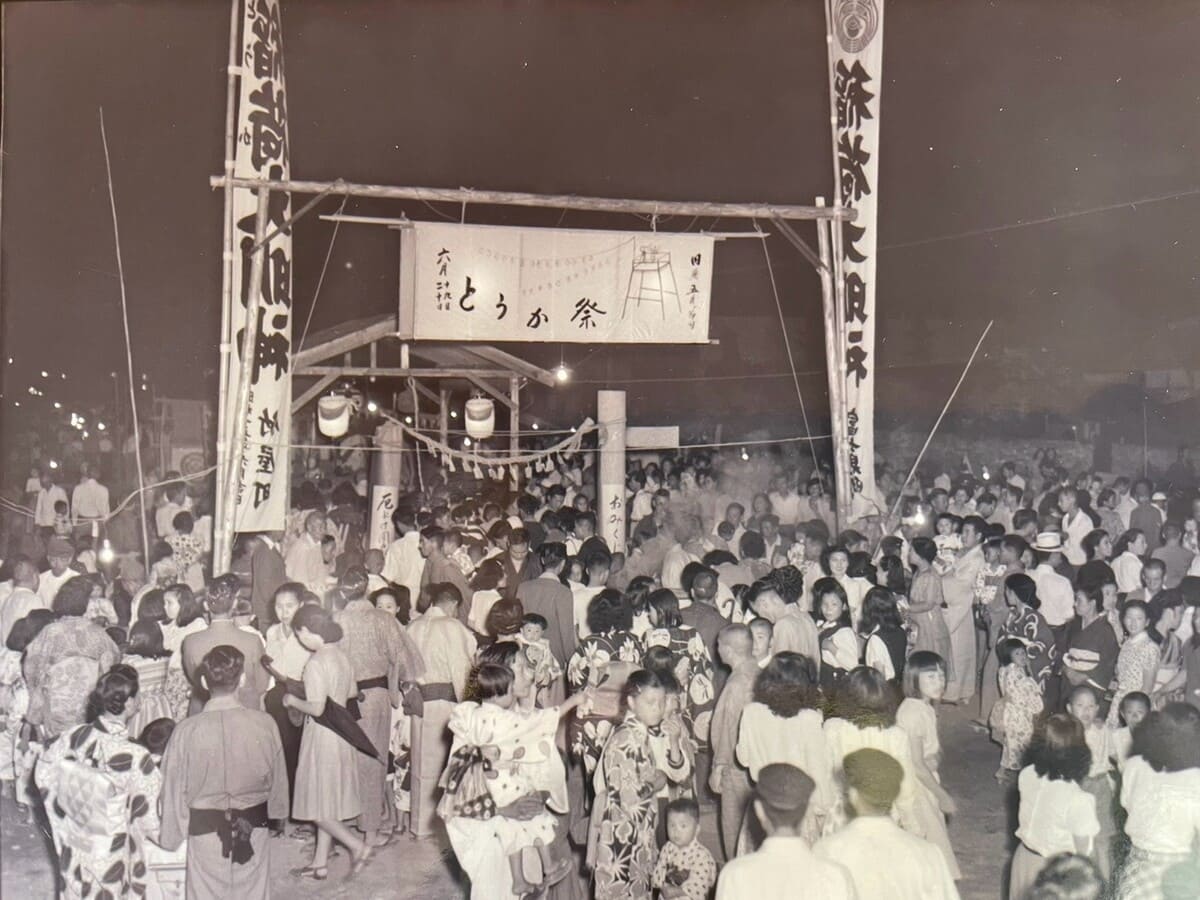
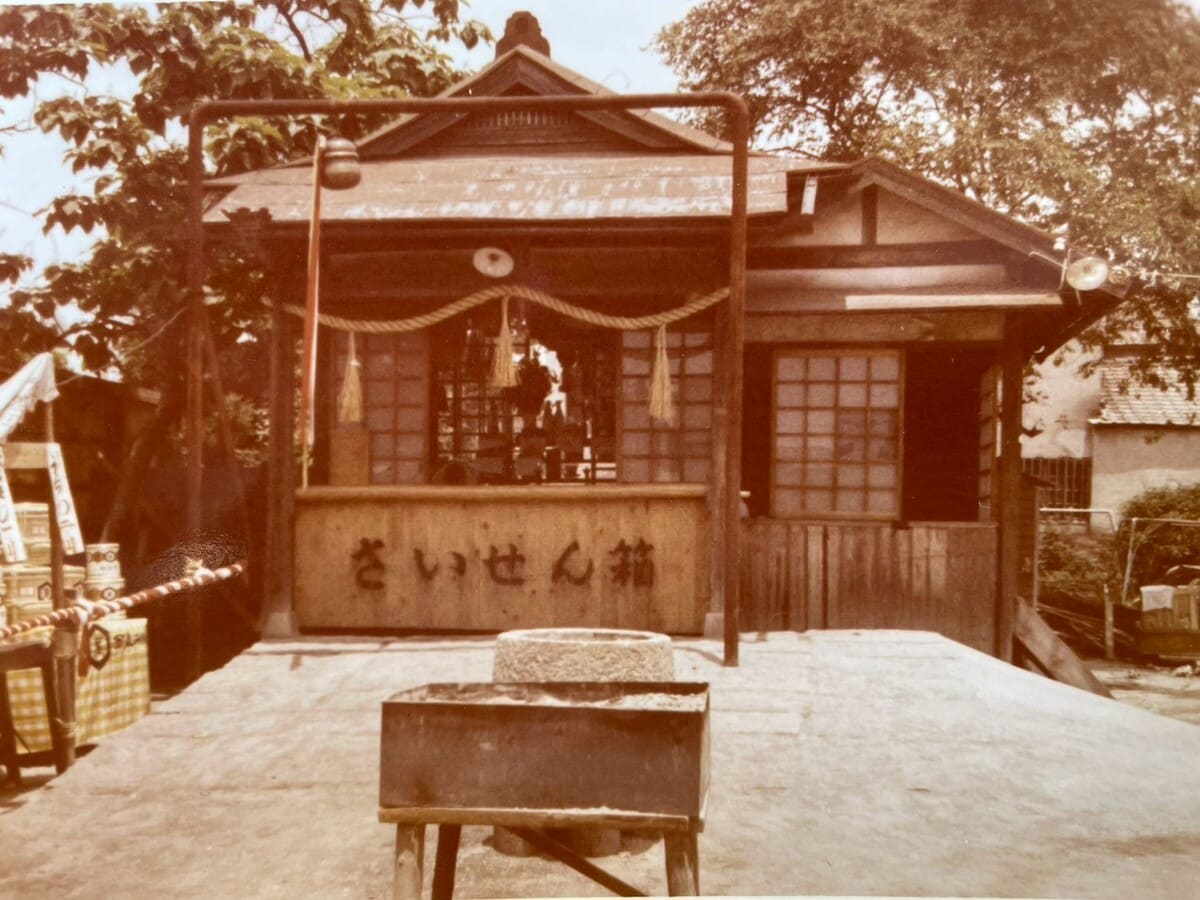
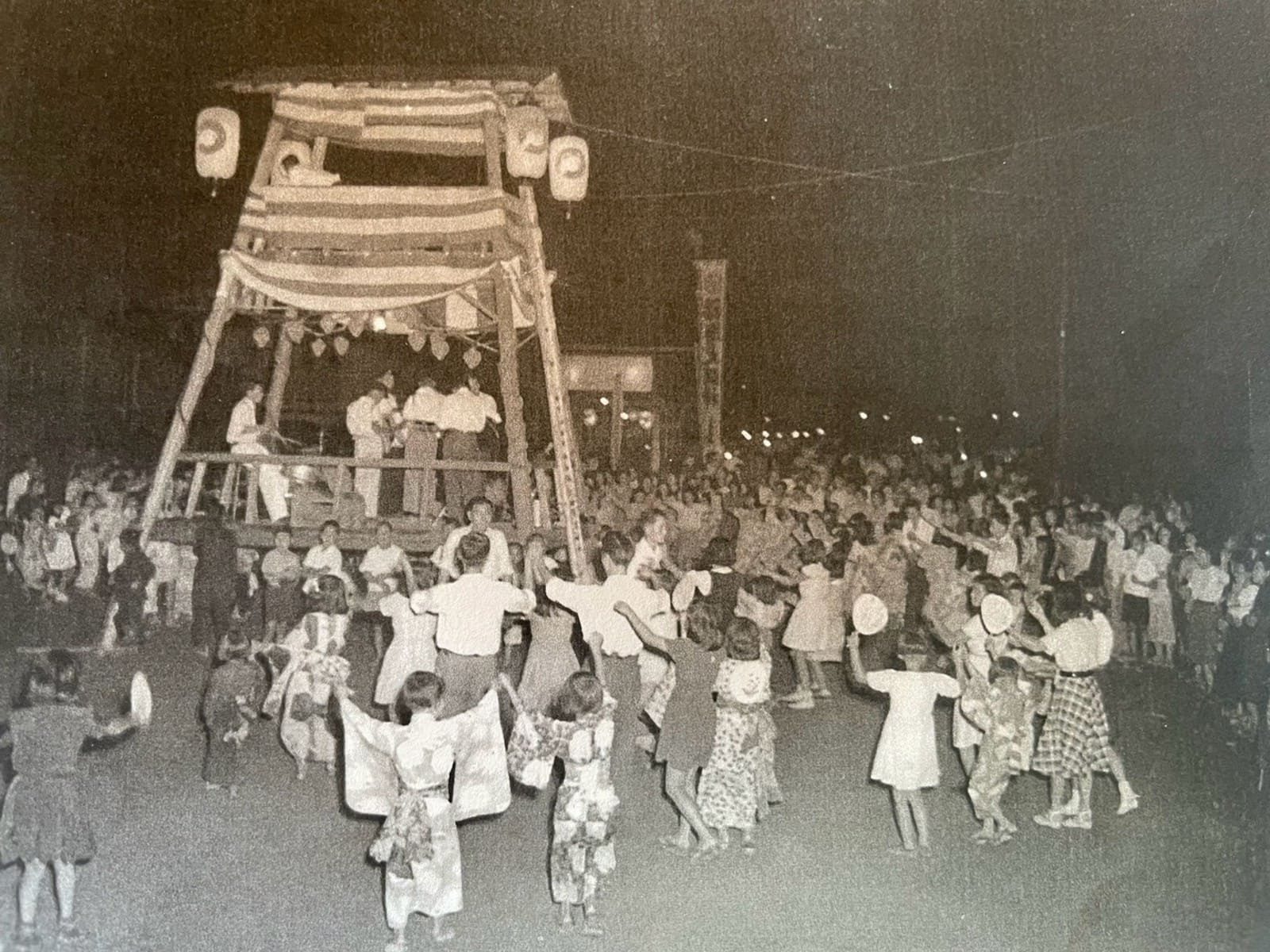
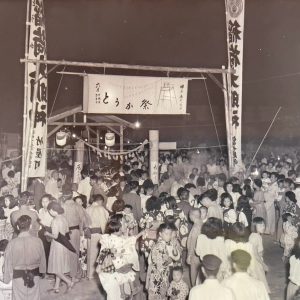
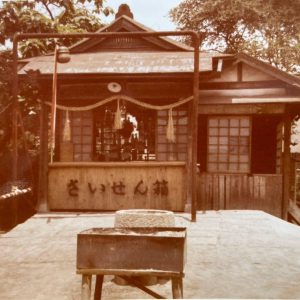
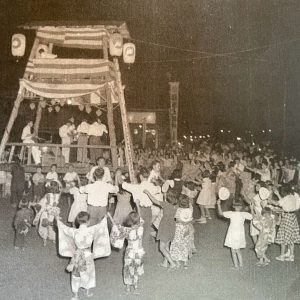
「とうかさん大祭」の移り変わり
とうかさん大祭は、昭和29年まで旧暦の端午の節句の時期に行われていました。
端午の節句に大祭が行われていた理由は、稲荷大明神が浅野家の守り神として祀られた経緯からだと考えられています。一般的な端午の行事は、武家が戦の勝利祈願の為の「勝負」を「菖蒲」にかけ、今は少なくなりましたが、軒下に魔除けの為に菖蒲をあげ又、無病息災を祈願してお風呂に入れるなどの風習があります。
稲荷神を祀る寺社仏閣で、端午の節句に大祭を行う事例は珍しく、広島だけでなく全国的に見ても特異な行事として現在まで続いています。
明治に入り、開催日は、新暦で早い年で5月下旬、遅い年で6月下旬と1ヶ月のずれがありました。戦後、多くの行事が新暦で行われ傾向が強くなると、6月10日頃が旧暦の端午の節句に当たることから、昭和30年より新暦6月9・10両日に日にちを固定し、開催されるようになりました。(あくまでも、とうかさんの名前の由来は稲荷であり、十日は直接関係ありません)
さらに、昭和36年からは梅雨時になり雨の降る日が多い事から地元商店街並びに露天商の方々の要望により6月8・9・10日の3日間開催に変更しました。
この新暦での固定日程を43年間続けて参りましたが、将来の社会・経済情勢を勘案した結果、平成10年から大祭の日程を6月の第1金曜日から始まる土・日の3日間とし、現在に至ります。
Changes in the Toukasan Grand Festival
Until 1954, the Toukasan Grand Festival was held during the Boys’ Festival of the lunar calendar.
The reason why the Toukasan Grand Festival was held on Tango-no Sekku is thought to be due to the history of Inari Daimyojin being enshrined as the guardian deity of the Asano family. The general custom of Tango-no Sekku is to place irises under the eaves of houses to ward off evil spirits, and to bathe in them to pray for good health and good fortune.
It is rare to find temples and shrines enshrining the deity Inari that hold a grand festival on Tango-no Sekku, and it has continued to be a unique event not only in Hiroshima but also in the whole country.
Since the beginning of the Meiji era (1868-1912), there was a one-month gap in the dates of the festival, from late May in the earliest years to late June in the latest years according to the new calendar. After the war, when many events tended to be held according to the new calendar, the date around June 10 fell on Tango-no Sekku in the lunar calendar, and the event was fixed to June 9 and 10 in the new calendar from 1955. (The name “Toukasan” comes from “Inari” and has nothing to do with the tenth day of the month.)
In 1961, the festival was changed to three days, June 8, 9, and 10, at the request of local merchants and street vendors because of the rainy rainy season and many rainy days.
After 43 years of this fixed schedule based on the new calendar, we decided to change the schedule of the Grand Festival to three days on Saturday and Sunday starting from the first Friday of June in 1998, taking into consideration the future social and economic situation.






